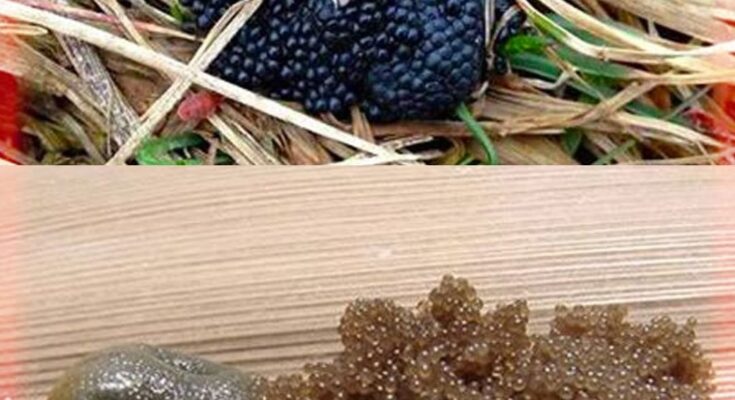Finding tick eggs in your lawn is not something to take lightly. Ticks are known for spreading diseases, and their eggs, which are frequently found in sheltered outdoor places, might signal the beginning of a serious infestation. This detailed guide aims to give you with the necessary knowledge and techniques for identifying, handling, and preventing tick eggs successfully.
Tick eggs are small, measuring around 0.5 mm in diameter, or the size of a poppy seed. They are often oval or pear-shaped, with a transparent or somewhat yellowish appearance, though this varies slightly depending on the tick species. Tick eggs are frequently placed in clusters and cling to vegetation, leaf litter, or other surfaces near the ground. As they age, they may become more opaque and resemble the species’ adult tick. The eggs are typically smooth and glossy in texture, with colors ranging from pale yellow to light brown.

The Dangers of Tick Eggs
The biggest worry with tick eggs is that they may hatch into larvae that can transmit diseases such as Lyme disease and Rocky Mountain Spotted Fever. It is critical to handle tick eggs with care to prevent the transmission of these diseases.
Removal and Disposal of Tick Eggs
When dealing with tick eggs in your backyard, it is best to seek a professional pest control expert or a veterinarian for thorough identification and tick treatment and removal advice. Individual ticks clinging to the skin should be grabbed firmly near the head or mouth using fine-tipped tweezers and pulled away without jerking or twisting. After removal, discard the tick by placing it in alcohol, a sealed bag, or flushing it down the toilet.

Preventive Measures in Your Backyard
- Remove Deer-Attracting Plants: Deer ticks, responsible for spreading Lyme disease, can be deterred by eliminating plants like tulips, hostas, and azaleas, which attract deer.
- Introduce Tick-Repelling Plants: Planting herbs like mint, rosemary, and flowers such as chrysanthemums can help keep ticks away.
- Regular Lawn Maintenance: Keep your lawn mowed and reduce heavy brush and ground cover. This reduces the habitat for ticks.
- Manage Woodpiles and Debris: Ticks lay eggs in dark, moist places. Keep woodpiles elevated off the ground and away from the house.
- Discourage Small Host Animals: Maintain stonewalls and avoid bird feeders that can attract rodents, which are common hosts for ticks.
- Use Natural Tick Repellents: Essential oils like cedarwood, neem, and citronella, and diatomaceous earth can be effective natural repellents.
- Employ Tick Tubes: These are no-spray tools that can kill ticks and prevent diseases.
- Incorporate Rough Textures: Using lava rock or pebble mulch in garden beds makes the area less hospitable for ticks.
- Create Lawn-Free Zones: Use hardscaping to reduce tick habitats.
- Apply Insecticides Carefully: If necessary, use insecticides like synthetic pyrethroids or natural alternatives like cedar oil.




